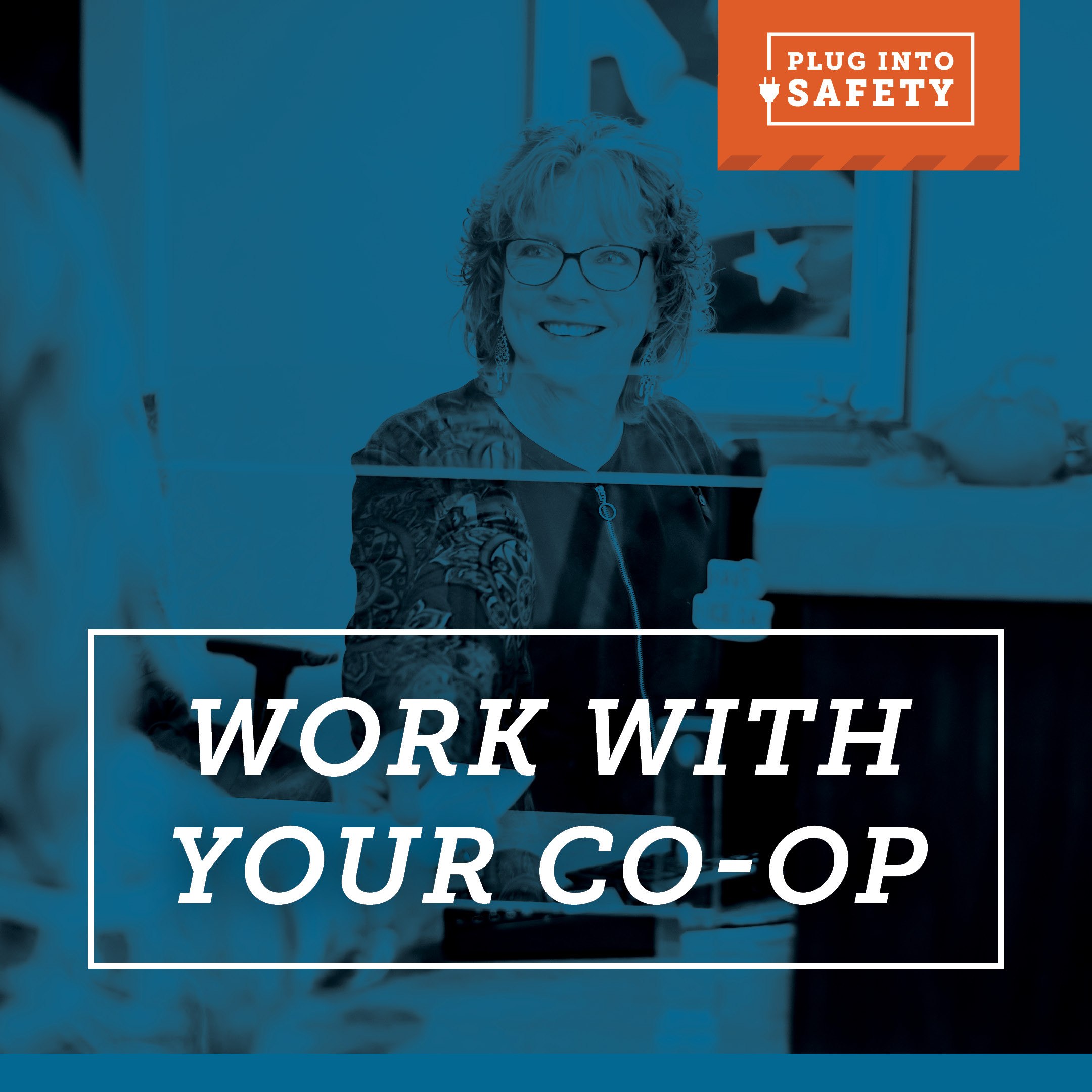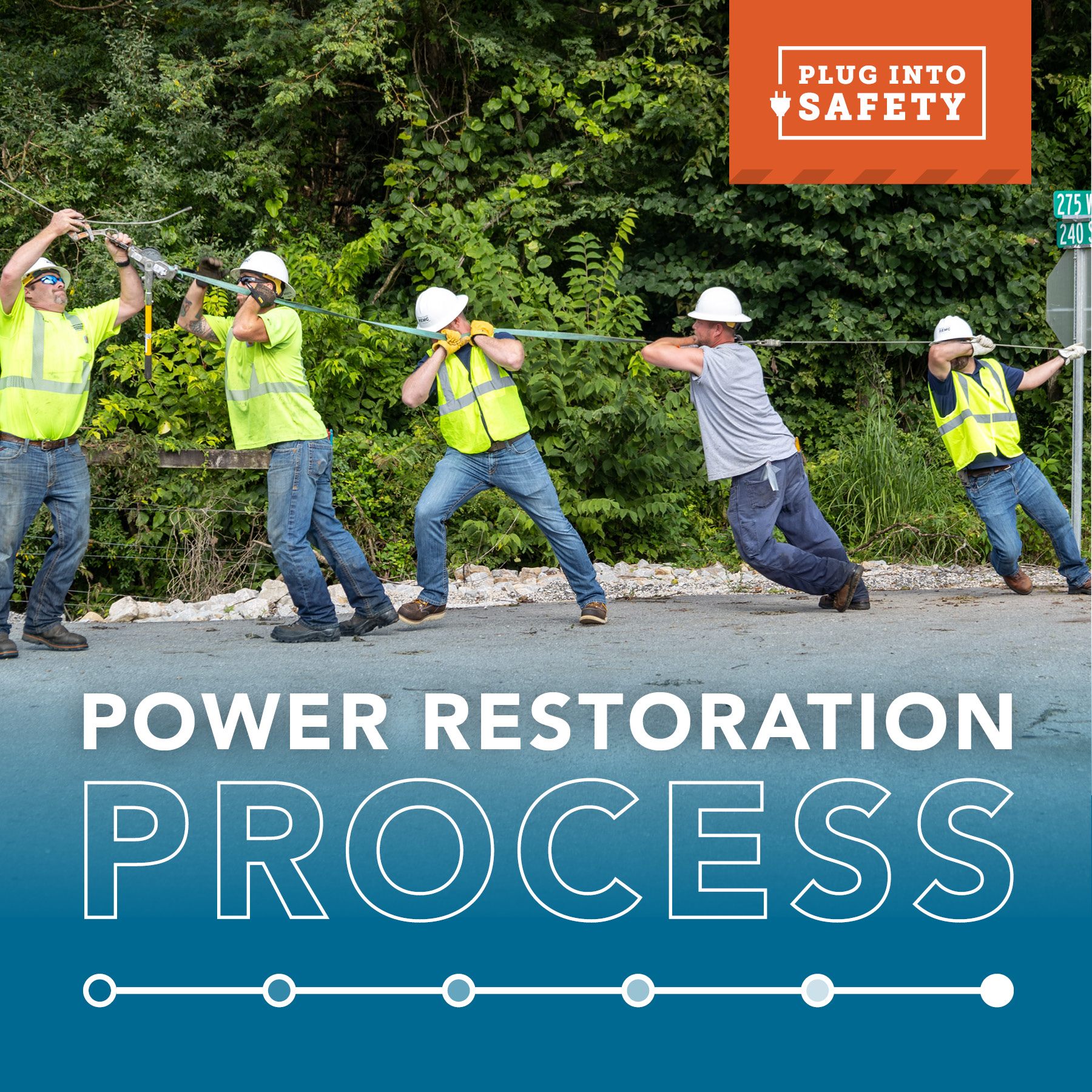Decorating for the holidays can be a tradition that families look forward to — or a chore they dread. Whatever side of the spectrum your decorating mindset falls on, it’s best to approach the season with some pre-planning and a focus on staying safe.
“You know you’re going to want your home to look ‘merry and bright,’” said Rick Coons, CEO of Indiana Electric Cooperatives. “Start thinking now how you’re going to accomplish that while being smart and safe.”
One of the key things to remember, Coons said is to only use lights that have been tested and are deemed safe. “Always look for a label from an independent testing laboratory, like Underwriters Laboratories. That way, you can be confident your lights are safe and reliable.” Find a list of federally listed labs on the Occupational Safety and Health Administration’s website at https://www.osha.gov/dts/otpca/nrtl/index.html.
Another basic “must do” is to only use lights specifically designed for outside use outdoors. “Indoor lights tend to have thinner insulation,” Coons said. “In other words, when exposed to the elements they can become cracked and damaged and, therefore, dangerous.” It’s also important that outdoor lights are plugged into a ground-fault circuit interrupter outlet. That’s because water and debris can get into outdoor sockets and GFCIs reduce the risk of shorts and shocks.
Before hanging your lights — whether they’re old or brand new — do a quick check to see if there are any broken or cracked sockets, frayed or bare wires, or loose connections. “If you see anything wrong, throw the lights away or repair them if you can,” Coons said. If you have burned bulbs, replace them right away with bulbs that are the correct wattage.
Your friends at Indiana Electric Cooperatives want you to have a happy — and safe — holiday season. Here are some easy ways to ensure that you deck your halls free from fires, falls and fears.
- When putting up outdoor lights, fasten them securely to trees, your house, walls or another firm support. You want them to remain secure when it’s windy outside.
- There’s a limit to the number of strands you can plug into an extension cord: three standard-size sets of lights.
- Speaking of extension cords, they can occasionally overheat. Periodically, touch-test the cord. If it’s hot, unplug it.
- When running extension cords outside along the ground, elevate plugs and connectors with a brick. That will help keep snow, water and debris out of the connections.
- When working with electricity, only use ladders made of wood or fiberglass.
- It’s lights out at bedtime and when you leave the house — that includes the lights on your trees and other decorations. Lights can short and start a fire.
- Metallic trees may add “kitschy” charm to your home, but don’t put electric lights on them.
- Plan emergency routes out of your house in case of fire. Make sure everyone in your family knows what to do. Practice the plan.
- When it’s time to pack the lights away until next year, make sure you put them in a well-sealed container that will keep them damp free and away from hungry rodents.
Sources: U.S. Consumer Product Safety Commission, About.com, Fox News





